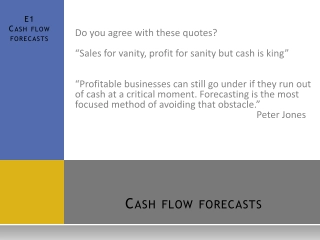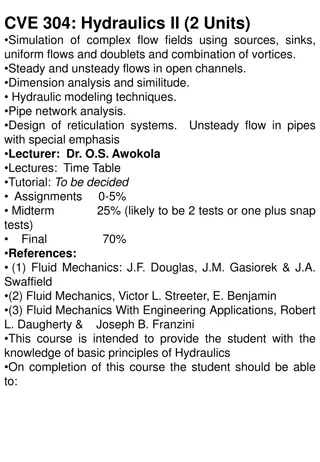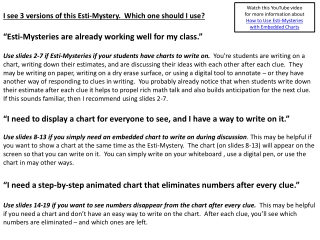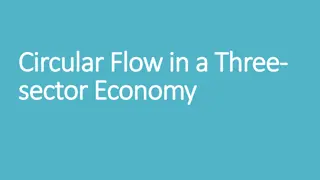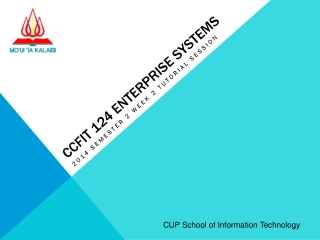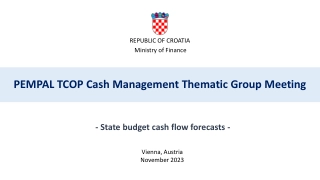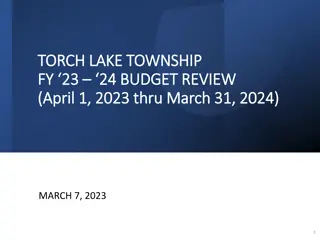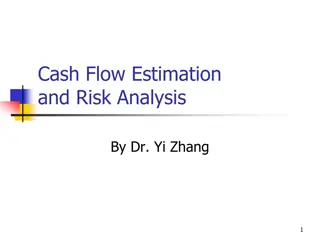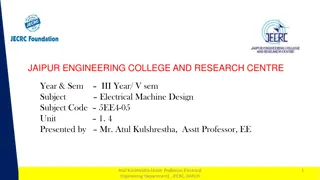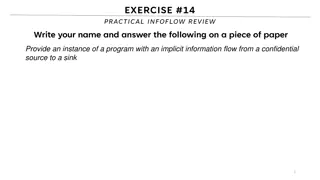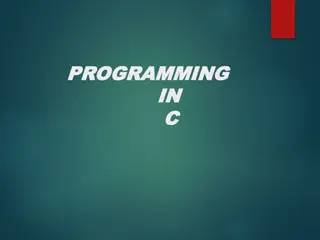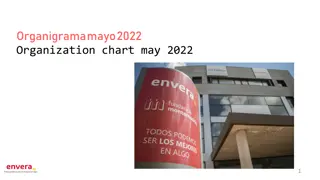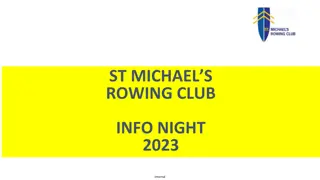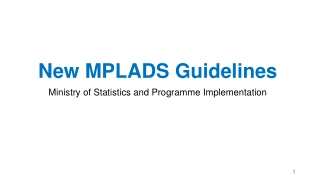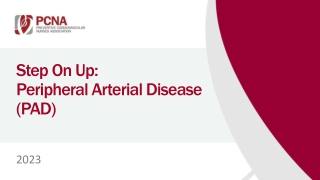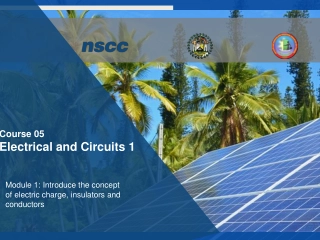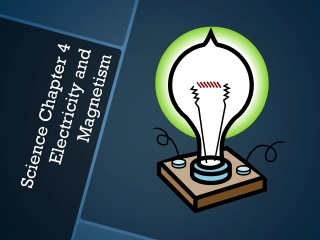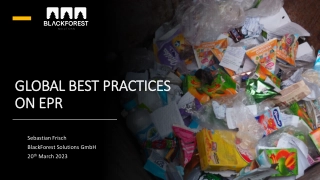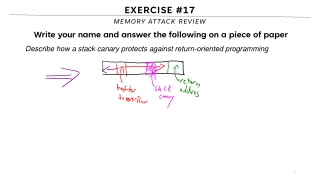Publication flow chart
In the publication flow chart for manuscript submission process, the steps from initial manuscript upload to final decision are outlined. The process includes initial checks by administrators, handling editor review, peer review, decision-making stages, and revision requests. Authors are guided on manuscript preparation, journal selection, submission guidelines adherence, and important considerations at each stage. The flow chart provides a comprehensive overview of the publication journey for scholarly articles.
Download Presentation
Please find below an Image/Link to download the presentation.
The content on the website is provided AS IS for your information and personal use only. It may not be sold, licensed, or shared on other websites without obtaining consent from the author. Download presentation by click this link. If you encounter any issues during the download, it is possible that the publisher has removed the file from their server.
Presentation Transcript
Top level Step 1: Manuscript upload Step 2: Initial check of manuscript by administrator Step 3: Manuscript sent to handing editor Desk rejection Step 4, decision 1: Answer editor queries and correspondence Step 4, decision 2: Requirements met and sent for peer review
Top-level Step 4, decision 1: Answer editor queries and correspondence Step 4, decision 2: Requirements met and sent for peer review Decision 1: Further review leads to desk rejection Step 5: Completed reviews returned to handling editor Decision 1: Accept with no revisions (extremely rare) Decision 2: Revision request with feedback Decision 3: Rejection Step 6: Revise submission and return to reviewers Decision 2: Rejection Decision 1: Acceptance
Step 1: Manuscript upload Checklist before uploading your manuscript: Has a clear structure been used to write the article (i.e. Abstract, Introduction, Background, Methods, Findings, Discussion, Limitations, Recommendations)? Have relevant keywords been identified in the work how will your readers find you? Has any financial support been disclosed which may have the potential to influence what you write? Has unambiguous and clear language been used? Has a colleague proof-read your paper? Choose the right journal Which conversation are you joining, and why? What types of articles does this journal accept? Will your article be of interest to their readers? Have all journal submission guidelines been followed? READ the guide for authors published by each journal and ensure you prepare your paper in the way requested by the individual journal. Has a letter to the editors been written? Overriding rule: ONLY submit your paper to one journal at a time.
Step 2: Initial check of manuscript by administrator The journal administration team will be checking that all the requirements are met Has a cover letter been uploaded? Have all the funding declarations been made? Have all authorship declarations for the publication been made? Have the files been uploaded in the correct format (i.e. Word, PDF)?
Step 3: Manuscript sent to handing editor The editor checks that the submission meets the aims and objectives of the journal Decision 1: Progress to Step 4, decision one or decision 2 Decision 2: Desk rejection This stage is when desk rejection can occur Around 80% get desk rejected Common reasons for desk rejection: the manuscript not meeting the aims and objectives of the journal the manuscript not appearing to add anything new to the evidence base old data being included in your submission lots of evidence published in this area or on this topic the manuscript not appearing to offer anything further to the evidence base. The editors have looked at the submission and agreed that it is appropriate for the journal They will send the manuscript to a handling editor or a member of the journal s editorial board, who will also review the submission
Step 4, decision 1: Answer handling editor s queries and correspondence Step 4, decision 2: Requirements met and sent for peer review The submission meets all the journal aims and objectives and is sent for peer review Usually, this process involves a minimum of two reviewers Reviewers agree to review particularly if it is in their research or interest area The keywords are of importance as they are used to marry up to reviewer keywords for which reviewers have agreed and have registered to be a reviewer Reviewers read and review within a given timeframe (usually around 20 28 days) The editors may have queries on your submission They will correspond with you, or they may decide upon a further review They can decide to reject at this stage without peer review Decision 1: Further review leads to desk rejection Decision 2: Further review leads to peer review (Step 4, decision 2)
Step 5: Completed reviews returned to handling editor One of three outcomes will be selected by the handling editor, in consideration of reviewer feedback Decision 1: Accept with no revisions (extremely rare) Decision 2: Revision request with feedback Decision 3: Rejection It is very rare to have an acceptance without a reviewer giving feedback or requesting some minor revisions Follow step 6
Step 6: Revise submission and return to reviewers The revision request and feedback are sent back to the manuscript author The comments and issues must be addressed either with a rebuttal or an agreement that a suggestion might improve and strengthen the submission The author(s) should address revision requests in a timely way The manuscript should be revised and sent back to the journal for approval by returning to the same reviewers or the editors who may review and approve Decision 1: Acceptance Decision 2: Rejection It is very rare, but you might receive a rejection at this stage due to the revisions conducted which have highlighted further queries The handling editor will make the final decision and advise the author(s) Hopefully, success and the manuscript is accepted A journal production team will liaise with the author(s) about the submission Usually and very speedily there will be an online pre- proof version available
Agree the writing team and contribution Check the author guidance Check and review the latest evidence Seek feedback before submitting Be patient!


